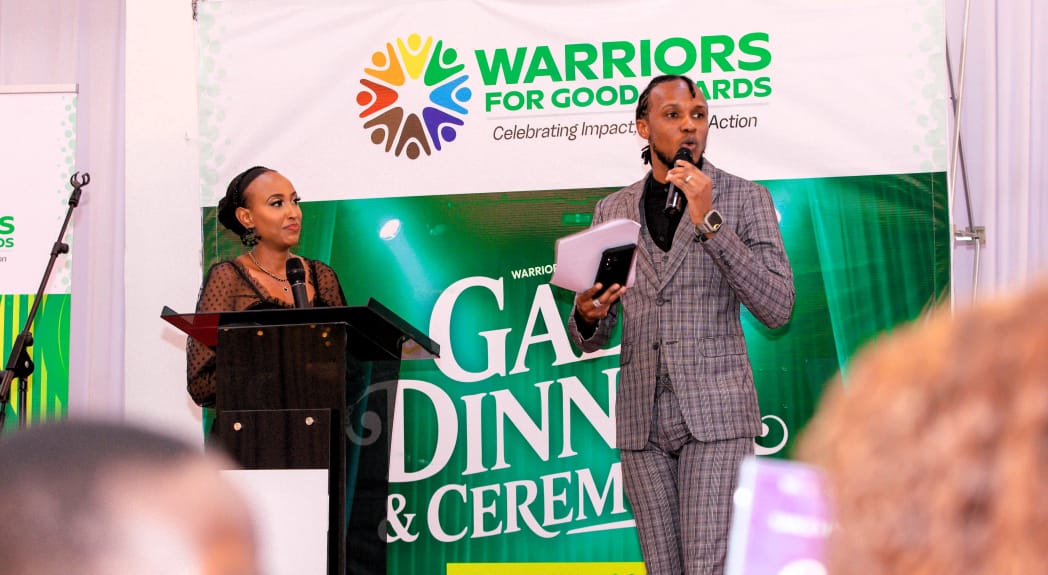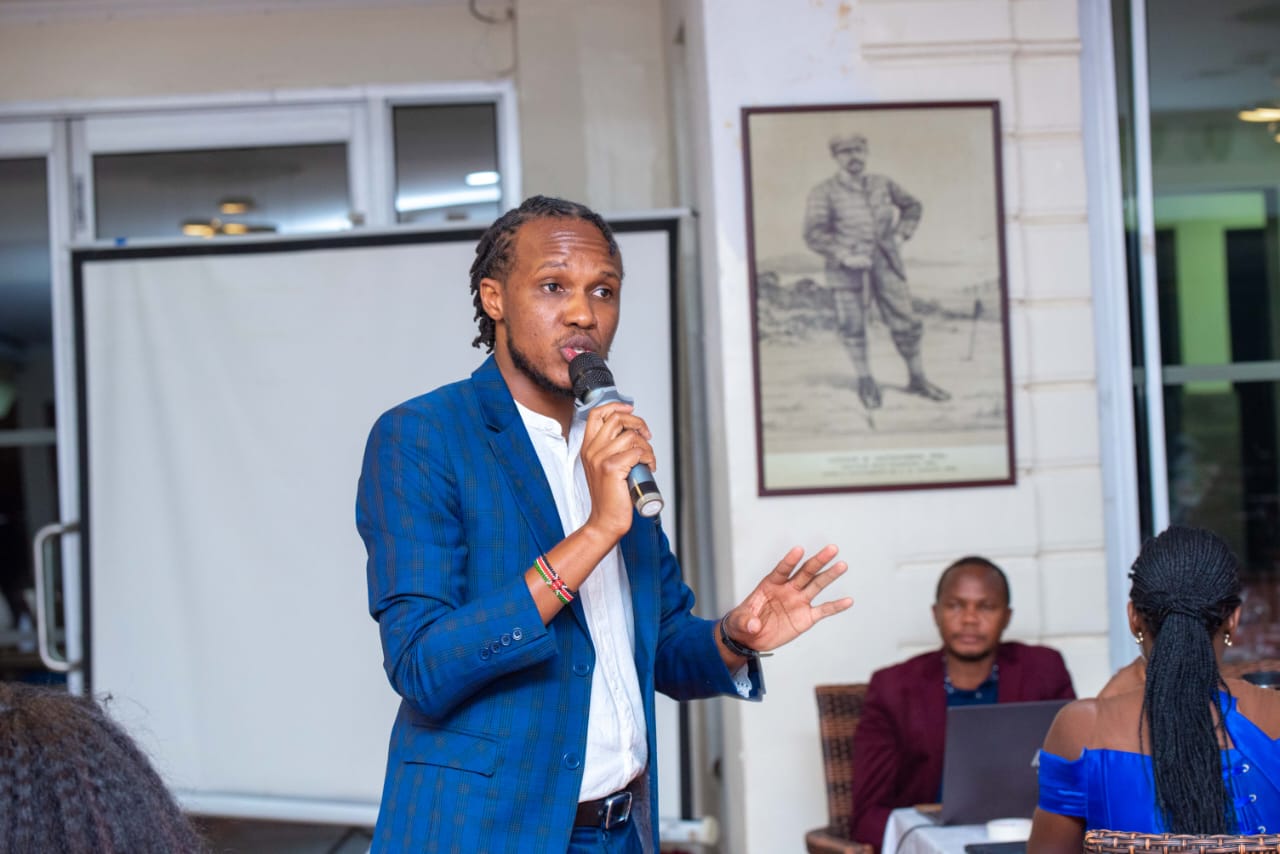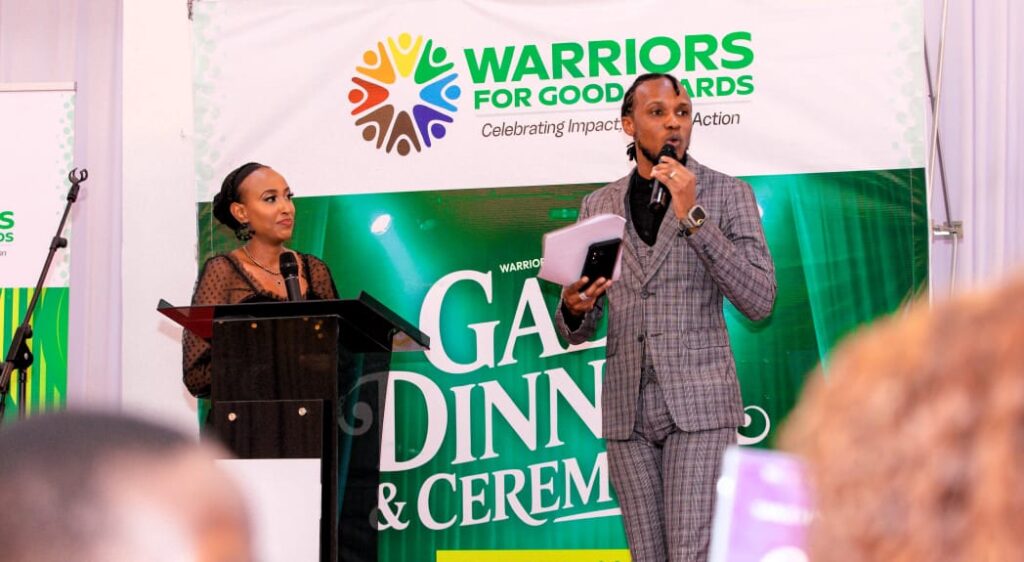Deep in the sacred Ngai forest temple in Western Kenya, elders examine the delayed and delayed blooming trails of Muei trees, using the same meticulous care that their ancestors have used for generations. Satellite models have recently predicted minimal rainfall during crippling droughts, but these traditional predictors warned that false drying spells will be followed by heavy rain. Their warning proved accurate.

Beyond the Horn of Africa, scenes like this highlight critical insights. Climate resilience is achieved by combining the two rather than choosing traditional wisdom and science.
Traditional precision
Indigenous Knowledge Systems (IK) provide highly localized, low-cost climate forecasts, often outperforming traditional models in certain settings. In Ethiopia, distant pastoralists use livestock behavior, star formation, and plant cycles to guide movement. In Kenya and Tanzania, Masai elders predict rainfall by analyzing cattle kidney fat and flowering of Oroillien trees.
These methods are far from superstition, and are proven. A study from the IGAD Climate Forecast and Applications (ICPAC) shows that traditional predictors in Ethiopia and Kenya can predict rainfall with 94% confidence and rainfall.
“This is not a rejection of science,” says Dr. Joyce Kimtai, a Kenya climate expert and leading author of the IPCC. “It's enrichment. Indigenous systems provide the implemented insights and community-level idiosyncraticity that satellites lack.”
Actual partnership
This hybrid model is already working. ICPAC holds a collaborative forum that generates consensus reports, where traditional forecasts and satellite data are evaluated side by side, and is broadcast in local dialects. In the west of Kenya, weather services are currently combining Nganyi family forecasts with scientific data to produce accurate and reliable reports.

By integrating local patterns from satellites with hyperlocal insights from elders, communities are getting faster and more reliable warnings.
Regional scale, continental vision
The challenge is to expand. IGAD Executive Director, Dr. Workneheneh Gebeyehu, stressed that climate security is essential for local peace. To achieve true resilience, East Africa needs to institutionalize knowledge integration.
This requires long-term investment in mentoring programs between elders and young people, support for women-led climate information hubs, and formal education to include Indigenous knowledge. The proposed IGAD traditional forecasting network will unite local wisdom and national institutions under a common framework.
Shared future
The most effective climate defense does not come from satellites alone. It comes from a partnership between the old and the new. As unstable weather grows more frequently, a blend of ancient observation skills and modern tools will become East Africa's best hope.
Imagine an area where Somali insights promote cross-border predictions.
This fusion is more than innovation. This represents a climate response rooted in that adaptation is not merely effective, but also comprehensive and locally meaningful.


